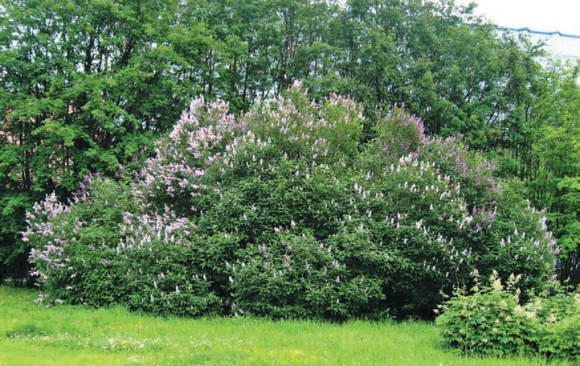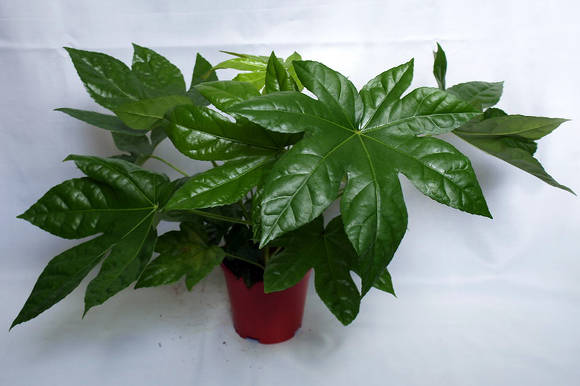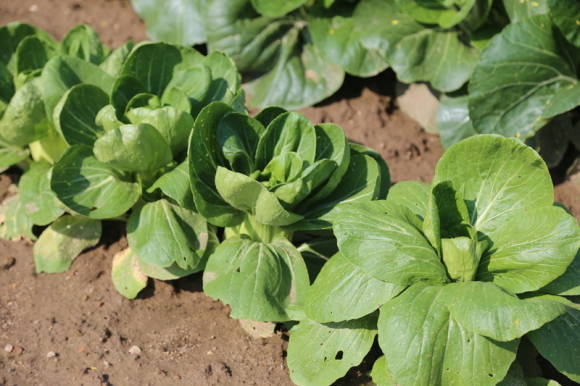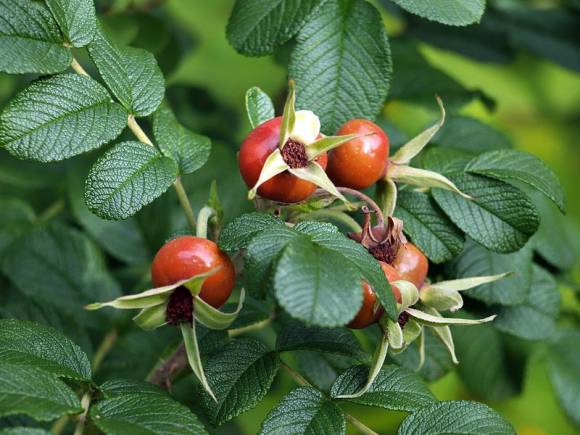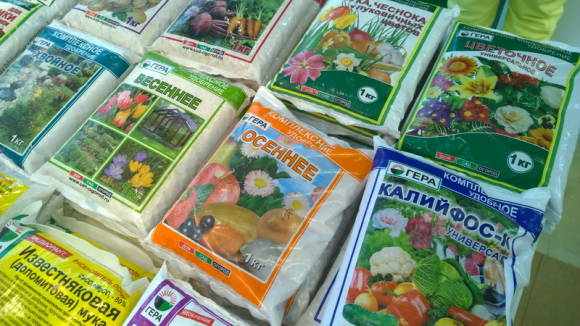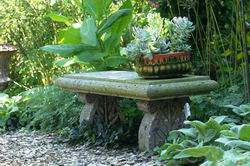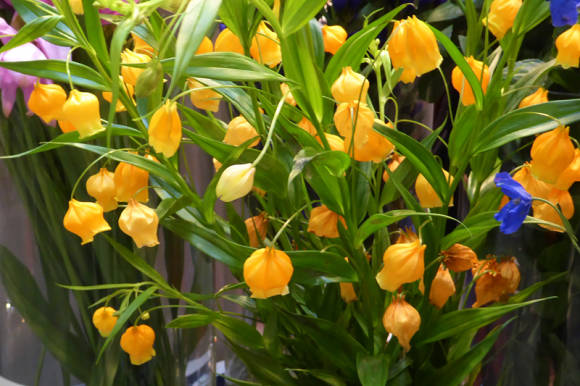There are several versions of the origin of the name of this plant. Most often it is associated with the word "mezhilnik", since, they say, this shrub grows between spruce trees, as well as with the word "brain" - because of strong, vigorous wood, and the old Russian word "mozhzha" - a knot. According to the botanist and phytotherapist A.P. Efremova, the name of the juniper comes, most likely, from the word "mozhzhit" (to moan). In Ivanovo and adjacent areas, it denotes a kind of tingling sensation in the extremities, which occurs when blood circulation is restored after "lying down" or "sitting" a leg or arm. This tingling sensation is not at all like the painful pricks of a thistle or rose hips, but bears a strong resemblance to the tingling sensation of juniper needles.
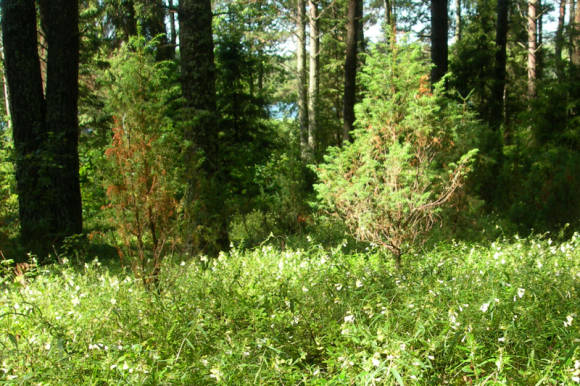 |
In addition to the main, official name, the juniper also has many popular names - his name is epenets, yalovets, grouse bush, grouse berries, mesentery, ruffle grass, but most often - heather, juniper, juniper.
Regardless of the origin of the name, plants of this genus are of great interest to both medicine and landscape designers.
Northern Relatives of the Sorrowful Cypress
 |
Rod Juniper (Juniperus) belongs to the noble Cypress family (Cupressaceae) and unites more than 70 species common in Eurasia and North America. There are 8 species in Siberia and the Far East.
But as a medicinal plant, scientific medicine in our country uses only one species - common juniper. (Juniperuscommunis) is an evergreen coniferous dioecious shrub with a height of 1-3 m, or, less often, a tree up to 8-12 m high. Accordingly, the fruits of interest to us are formed only on female plants. This must be remembered when growing it on the site. Cones are formed from several triple whorls of "flower" scales, while the seeds develop only in the axils of the scales of the upper whorl, and the remaining scales after pollination become fleshy, grow together and form a berry-like cone with a diameter of 6-9 mm. When fully ripe, it is bluish-black in color, with a gray waxy bloom. Pine berries develop slowly, their full maturity occurs only in the second year.
Common juniper blooms in May, the seeds ripen in the fall of next year.
Harvest hunt
The range of this plant is very extensive - the forest zone of the European and Asian parts of Russia. It is found mainly in the undergrowth of pine spruce, larch, coniferous-deciduous forests.
The main areas of industrial procurement are Sverdlovsk, Perm, Kirov regions, Udmurtia, but for their small needs it can also be found in other regions of European Russia.
Fruits are harvested in September-October, when they acquire a characteristic dark color. A tarp or matting is spread under the bush and ripe cones are shaken off on them, and then they are cleaned of needles and twigs. You cannot hit the trunk with a stick (and such recommendations are found in the literature), since green fruits are crumbling, which should not be allowed. Firstly, they litter the raw materials, and secondly, this is the harvest of next year, because it takes two whole years to form the cones, and besides, with this method of collection, the wood is damaged and the plant may die. Do not cut down plants or cut branches. The plant begins to bear fruit in the 5-8th year of life. The fruiting frequency is 3-5 years.
After collection, the raw materials are cleaned, especially from herb bugs, which spoil its quality. Dried in dryers at temperatures up to 35 ° C or in the shade under a canopy. If the raw materials are dried at a high temperature, then precious essential oil, which is one of the main active substances, evaporates. Fruits dry out approximately twice.
According to the requirements of the State Pharmacopoeia, the finished raw material must contain at least 0.5% of essential oil. When stored properly, the shelf life is 3 years.
 |
Impurities are dangerous and not very
In medicinal raw materials of common juniper, the admixture of Cossack juniper is unacceptable (Juniperussabina), common in the Crimea, the North Caucasus and the South Urals. It is distinguished by its creeping form of growth and flat, scaly leaves. Its cones are lumpy and usually have two bones inside. There are species with similar fruits. But their use as a medicinal plant is not allowed, and they are undesirable impurities in the fruits of the common juniper. Basically, their range does not intersect with the common juniper, but a few words about how to distinguish them, it is still worth saying. Its fruits are not round and smooth, but ribbed after drying.
Other types of juniper are not so dangerous, but their use as a medicinal raw material is not allowed:
Siberian juniper(Juniperussibirica) found in the mountains of the Far East, Central Asia, in the Arctic regions of Russia. Juniper dwarf(Juniperuspygmaea) - in the Caucasus and Crimea. They are distinguished by a creeping crown shape with separate branches sticking upward.
Juniper oblong(Juniperusoblonga) - occurs in the Caucasus. This is a short tree with much longer needles than those of the common juniper.
Juniper solid(Juniperusrigida) - a dioecious tree up to 10 m tall, with a loose, oval and often one-sided crown, found in a small area of the Primorsky Territory. The cones are black or brownish-blue, with a bluish bloom, usually almost spherical, 6-10 mm in diameter, fleshy. Seeds are 2-3. The local population uses it as a medicinal plant.
In the Far East, there are still dahurian juniper(Juniperusdavurica) and juniper coastal(Juniperusconferta).
A favorite of the Druids and American Indians
Turning to the history of the medicinal use of juniper, it should be said that many species have been used. Therefore, when mentioning the use of this plant in history, we will talk about the various species characteristic of the area.
As a medicine, juniper was used in Ancient Egypt, and later in Ancient Greece and Rome. Dioscorides was aware of its diuretic properties, and he knew about the healing power of the smoke generated by burning juniper. The North American Indians use an original method of curing patients with pulmonary tuberculosis. These sick Indians settled for a long time in juniper thickets and did not allow them to leave until they were completely recovered, periodically delivering food and water to them. True, the thickets were mostly of a closely related species - Virginia juniper (Juniperusvirginiana), although North America also has its own subspecies of common juniper.
In the Middle Ages, juniper twigs were burned in hospitals and homes in order to escape the plague.
 |
In Central Asia, for example, dressings impregnated with juniper essential oil were applied to fresh and festering wounds, they were sterilized by catgut threads, which were used to sew up the wounds. And in the summer, when the sheep were driven off to pastures, juniper branches were burned in the shelters to decontaminate the premises.
In Scandinavia, juniper fumigated warehouses with furs, in old Russian quarantines - clothes of patients and premises, in Tibet - sick people, in the Far East - plague and women in labor, in Crimea - in things, in chests with woolen or fur clothes from moths put pieces of juniper wood , in France - pork hams were smoked in juniper smoke; in Castile - lamb was fried over a fire from a mixture of Spanish gorse and juniper. In the Balkan countries, juniper was considered a plant for all occasions - from colds to edema.
In Russian folk medicine, this plant has also long been revered as a valuable medicine. The smoke of burning branches was used to fumigate dwellings and barns from infectious diseases during epidemics. They steamed with juniper brooms in the bath, especially with sciatica, osteochondrosis and lumbago.
End in article Common juniper: medicinal properties.
Photo by Rita Brilliantova, Andrey Shchukin and from the GreenInfo.ru forum

